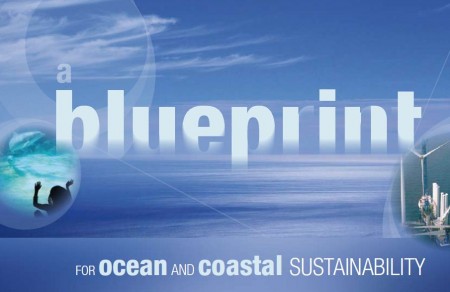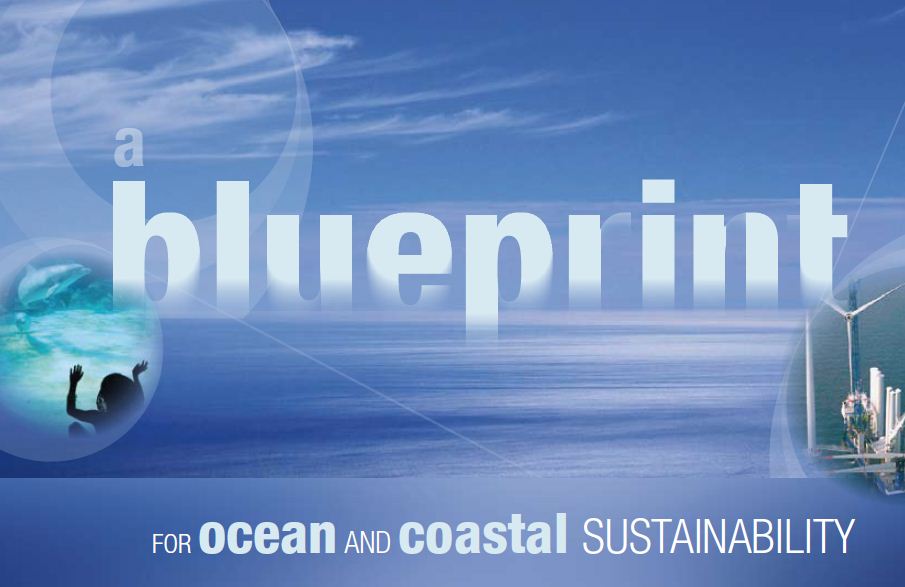March 27, 2015 – Live near a coastline? Want to take a test to see if your community is prepared to deal with the consequences of climate change? That’s what the Coastal Climate Blueprint is all about.
Created by researchers at universities in Australia, the Blueprint is an online planning tool to help communities adapt and mitigate risks from climate change. Led by Dr. Stewart Frusher, Institute for Marine and Antarctic Studies, University of Tasmania, Professor Malcolm Tull, Murdoch University, and CSIRO, Australia’s leading multidisciplinary research organization, the Blueprint was developed over four years.
Considering the current Australian government’s lack of accountability for climate change, at least the Blueprint gives Australian coastal communities a means to understand potential impacts and strategies for adaptation and mitigation.
According to Tull the main climate pressures Australia is experiencing come from the warming of the ocean, increased acidity and more frequent extreme storm events. The Blueprint is organized by the following categories:
- Climate pressures – looking at current and future temperatures, rainfall, storms intensity and frequency and ocean acidification.
- Fisheries and aquaculture – assessing the vulnerability of both the wild and cultivated fishery off Australia’s coasts.
- Other marine sectors – tracking impacts of climate change to ports, shipping, fossil fuel exploration and production, renewable energy and tourism.
- Climate and sea life – monitoring the physical ocean and how changes are impacting biodiversity from species counts to behaviour.
- Community and policy adaptation – assessing the adaptive capacity of coastal communities including reviewing government structures, lead actors, funding, and processes to come up with adaptive and executable policies.
- Vulnerability – referencing the Intergovernmental Panel on Climate Change (IPCC) vulnerability framework that looks at exposure, sensitivity and adaptive capacity over 5, 25 and 50 year time frames.
Right now the tool is specifically designed for Australia using research and data from three coastal regions of the country, one off Tasmania, one off North Queensland and the last off Western Australia. But the type of questions used by the Blueprint may have applicability to coastal communities outside of Australia as well.
If you want to try the Blueprint for yourself you can access the questionnaire here. Although your choices are limited to Australia’s states and territories for the moment, it is worth walking through it. I did it pretending I lived in Victoria State where Melbourne is located. As you work through the quiz it explains that each community is assessed based on “the capabilities, assets and activities required for a means of living.” And further community sustainability is measured on the basis that “it can recover from shocks to maintain or enhance its capabilities.”
The kinds of questions that the Blueprint may answer for a coastal community include:
With oceans getting warmer can a coastal community introduce new fish and crustaceans to local waters that can replace species in decline and thus save the local fishery?
Would strategically planted coastal wetland species of plants mitigate against the expected sea level increases and reduce potential damage from storm surges?
What changes to building and community infrastructure are needed to withstand projected rising temperatures and increased frequency of extreme weather?












